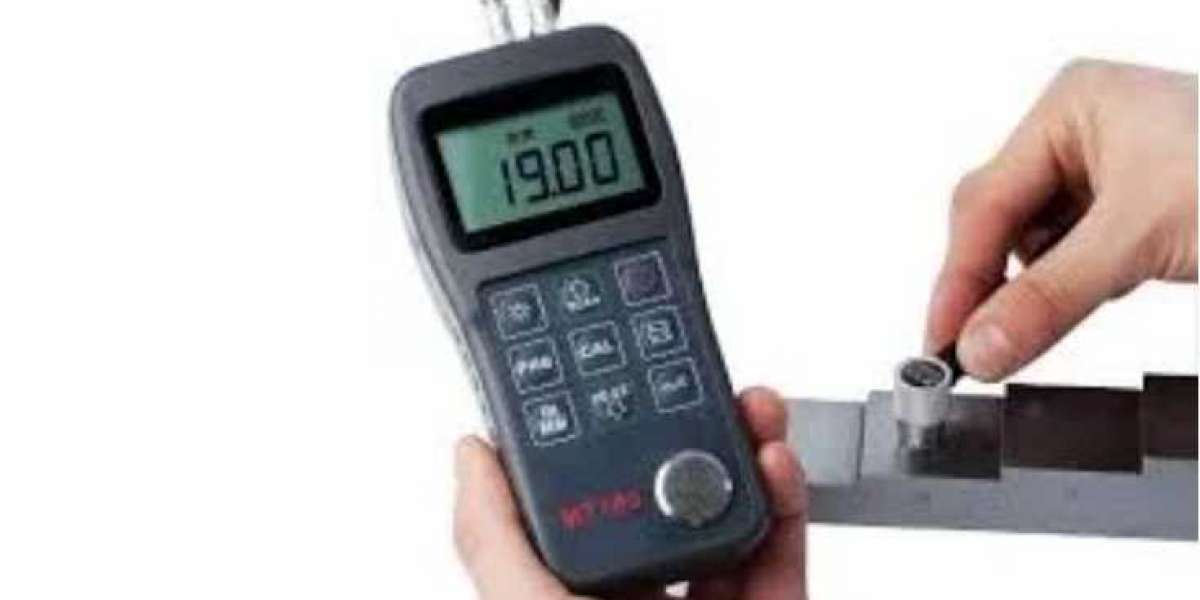Ultrasonic power measuring instruments play a crucial role in assessing the strength of the sound field in ultrasonic systems. Whether you are using ultrasonic technology for cleaning machines or optimizing work efficiency with ultrasonic processors, selecting the right measuring instrument is essential. In this article, we will explore the factors to consider when choosing an ultrasonic power measuring instrument and how it can impact your operations.
I. Understanding Ultrasonic Power Measurement
Before diving into the selection process, it is important to understand the concept of ultrasonic power measurement. Ultrasonic power refers to the strength of the sound field generated by ultrasonic waves. Measuring this power provides valuable insights into the effectiveness of cleaning machines and the efficiency of ultrasonic processors.

II. Factors to Consider
When choosing an ultrasonic power measuring instrument, several factors should be taken into account. These include:
1. Accuracy and Precision:
The accuracy and precision of the measuring instrument are crucial for obtaining reliable results. Look for instruments that offer high accuracy and precision to ensure accurate measurements of ultrasonic power.
2. Frequency Range:
Different ultrasonic applications operate at varying frequencies. Ensure that the measuring instrument you choose covers the frequency range relevant to your specific needs. This will allow you to accurately measure power across different applications.
3. Sensitivity:
The sensitivity of the measuring instrument determines its ability to detect and measure low power levels. Consider the sensitivity requirements of your application and select an instrument that meets those needs.
4. Ease of Use:
Opt for a measuring instrument that is user-friendly and easy to operate. This will save time and effort during measurements and ensure that the instrument can be used effectively by your team.
5. Portability:
Depending on your requirements, you may need a portable measuring instrument that can be easily carried to different locations. Consider the size and weight of the instrument to ensure it is suitable for your intended use.
III. Types of Ultrasonic Power Measuring Instruments
Ultrasonic power measuring instruments can be broadly categorized into two types: portable and monitoring instruments. Let's explore each type in detail:
1. Portable Instruments:
Portable ultrasonic power measuring instruments are designed for on-the-go measurements. They are lightweight, compact, and easy to carry. These instruments are ideal for applications that require frequent measurements at different locations. Portable instruments often come with a built-in display for immediate reading of power values.
2. Monitoring Instruments:
Monitoring ultrasonic power measuring instruments are designed for continuous monitoring of power levels. They are typically installed in a fixed location and provide real-time data on the power of the sound field. Monitoring instruments are suitable for applications where constant monitoring and control of power levels are necessary.
![]()
IV. Selecting the Right Instrument for Your Needs
To choose the right ultrasonic power measuring instrument for your needs, follow these steps:
1. Identify Your Application:
Understand the specific requirements of your application. Determine the frequency range, power levels, and sensitivity needed for accurate measurements.
2. Research Available Options:
Conduct thorough research on the available ultrasonic power measuring instruments in the market. Consider factors such as accuracy, precision, frequency range, sensitivity, ease of use, and portability.
3. Read Reviews and Seek Recommendations:
Read customer reviews and seek recommendations from industry experts or colleagues who have experience with ultrasonic power measuring instruments. Their insights can provide valuable guidance in making an informed decision.
4. Consider Budget Constraints:
Set a budget for your instrument purchase. Compare the features and prices of different instruments to find the best balance between affordability and functionality.
5. Consult with Suppliers:
Contact a reputable supplier or manufacturer of ultrasonic power measurement instruments (here we recommend you consider Hangzhou Successful Ultrasound Equipment Co., Ltd.). Discuss your specific requirements and our technicians will give you professional advice to choose the instrument that best suits your needs.

Conclusion
Choosing the right ultrasonic power measuring instrument is crucial for accurate assessment of the sound field strength in ultrasonic systems. By considering factors such as accuracy, frequency range, sensitivity, ease of use, and portability, you can select an instrument that meets your specific requirements. Whether you opt for a portable or monitoring instrument, investing in the right tool will enhance the efficiency and effectiveness of your ultrasonic applications.
Solutions for Measuring Sound Field Intensity: Ultrasonic Measuring Instrument








